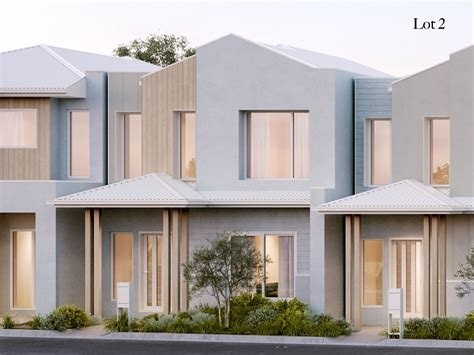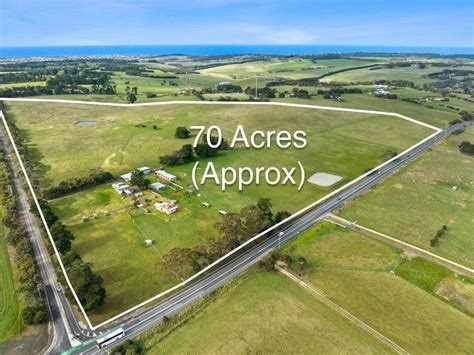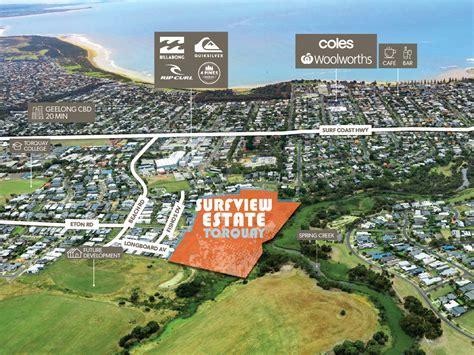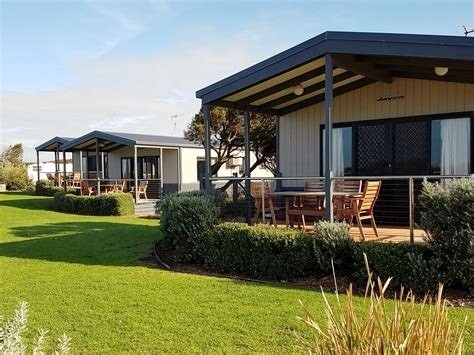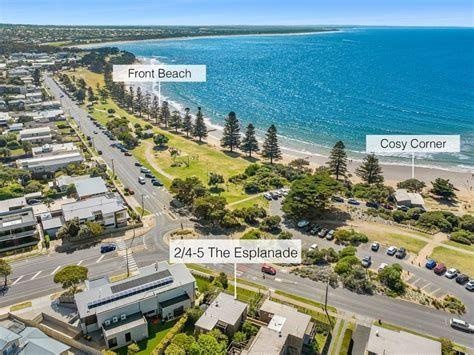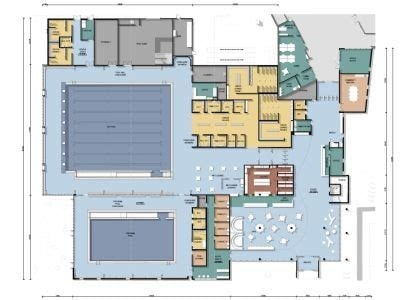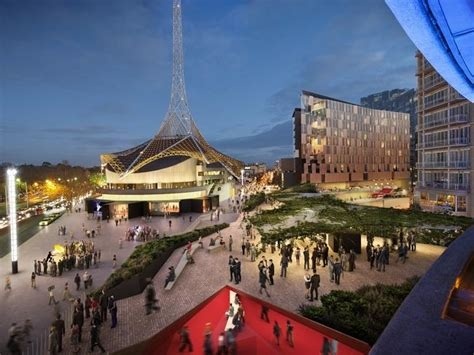Chart Color Schemes
est. as @ -- *
ABS ERP | -- people | --
2021 Census | -- people
Sales Activity
Curious about local property values? Filter the chart to assess the volume and appreciation (including resales) trends and regional comparisons, or scroll to the map below view this information at an individual property level.
Find a Recent Sale
Sales Detail
Population
Torquay lies within the top 10% of areas nationally in terms of population growth performance according to AreaSearch analysis of short and medium-term trends
Torquay's population was around 26,795 as of August 2025. This figure shows an increase of 2,188 people since the 2021 Census, which reported a population of 24,607. The growth is inferred from ABS estimated resident population of 26,469 in June 2024 and additional 319 validated new addresses post-Census date. This results in a density ratio of 212 persons per square kilometer. Torquay's 8.9% growth since the Census exceeded non-metro area's 5.5% and national average, making it a growth leader. Interstate migration drove population growth, contributing approximately 53.4%.
AreaSearch uses ABS/Geoscience Australia projections for each SA2 area, released in 2024 with base year 2022. For areas not covered, they use VIC State Government's Regional/LGA projections from 2023, adjusting with weighted aggregation method to SA2 level. Growth rates by age group are applied across all areas for years 2032 to 2041. By 2041, the area is projected to increase by 7,947 persons, a gain of 28.3% over the period.
Frequently Asked Questions - Population
Development
AreaSearch assessment of residential development activity positions Torquay among the top 25% of areas assessed nationwide
Torquay has received approximately 447 dwelling approvals per year. The Australian Bureau of Statistics produces development approval data on a financial year basis, totalling 2,238 approvals between the financial years 2020-21 (FY-20) and 2025-26 (FY-25), with 25 approvals recorded so far in FY-26. Over the past five financial years (FY-20 to FY-25), an average of 4.1 people have moved to the area for each dwelling built. This indicates that supply is significantly lagging demand, leading to heightened buyer competition and pricing pressures.
The construction cost value of new properties averages $891,000, reflecting a focus on the premium segment with upmarket properties. In FY-26, commercial approvals have reached $52.6 million, suggesting strong commercial development momentum. Compared to the Rest of Vic., Torquay has significantly less development activity, 51.0% below the regional average per person. This constrained new construction typically reinforces demand and pricing for existing homes.
The current building activity comprises 83.0% standalone homes and 17.0% attached dwellings, maintaining the area's traditional low density character with a focus on family homes appealing to those seeking space. There are approximately 324 people per dwelling approval in Torquay, indicating potential room for growth. Looking ahead, Torquay is projected to grow by 7,578 residents by 2041. At current development rates, new housing supply should comfortably meet demand, providing good conditions for buyers and potentially supporting population growth beyond current projections.
Frequently Asked Questions - Development
Infrastructure
Torquay has strong levels of nearby infrastructure activity, ranking in the top 40% nationally
The performance of an area is significantly influenced by changes in local infrastructure, major projects, and planning initiatives. AreaSearch has identified a total of 42 such projects that are expected to impact the area. Notable among these are Summerset Torquay Retirement Village, Stretton Estate, Haven Torquay, and Torquay North Residential Development Area. The following list details those projects likely to be most relevant.
Professional plan users can use the search below to filter and access additional projects.
INFRASTRUCTURE SEARCH
Frequently Asked Questions - Infrastructure
Torquay North Residential Development Area
Large-scale residential development area in north Torquay providing new housing opportunities and community infrastructure to support population growth in the region. Includes provision for residential lots, community facilities and open space networks.
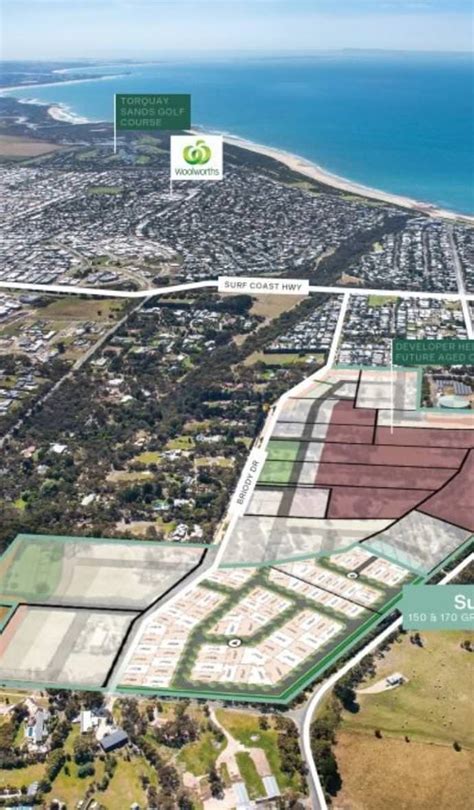
Summerset Torquay Retirement Village
New retirement village by Summerset Group Holdings Ltd (NZX: SUM) featuring 231 retirement units, 80 residential aged care beds, and 60 assisted living apartments. Includes memory care, respite and palliative care services with on-site amenities, large public park and estimated 80-100 jobs for the region.
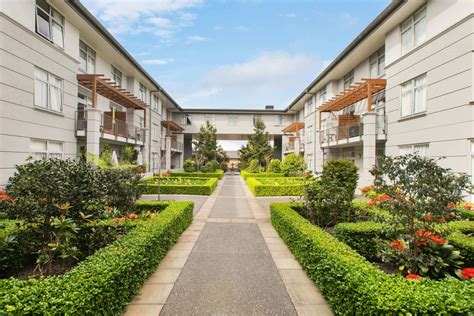
Wurdi Baierr Aquatic and Recreation Centre - Stage Two
Stage Two will include a dedicated learn to swim pool, splash park, spa, sauna and steam room, additional change rooms, bench seating, plant room, storage, and landscaping.
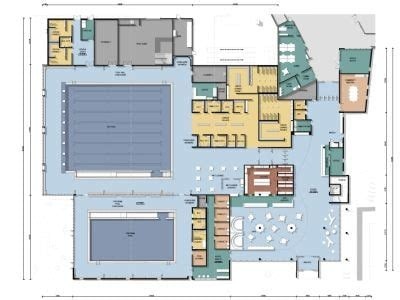
Surf Coast Cultural Centre
A two-stage cultural hub project that will integrate four community facilities including an expanded Australian National Surfing Museum, Torquay Library, Visitor Information Centre, and redeveloped Multi Arts Centre (MAC) with a 250-seat theatre. The design incorporates Wadawurrung Aboriginal cultural heritage elements and aims to create a vibrant community gathering space celebrating the region's First Nations cultural history and surfing heritage.
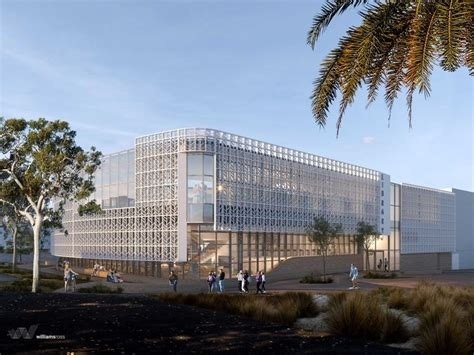
Coombes Road Upgrade and Roundabout
Road upgrade and new roundabout construction at the intersection of Coombes Road and Messmate Road. Includes road reconstruction, widening, new kerbing, concrete islands, lighting and raising of road profile to improve traffic flow and safety for local residents and businesses.
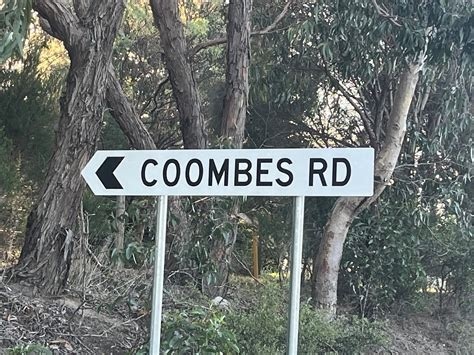
Banyul-Warri Fields Hockey Pitch
New hockey pitch with lighting, scoreboard, spectator seating and car parks at Banyul-Warri Fields precinct. Part of Victorian Government's Regional Sports Infrastructure Program.
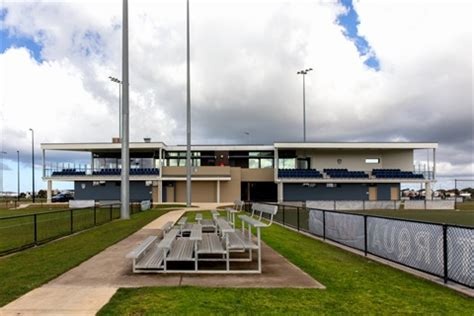
Haven Torquay
A 12-unit supported living residence providing long-term social housing with 24/7 mental health support for people with significant mental health and wellbeing concerns. Each unit features a main bedroom with built-in wardrobe, bathroom, kitchen, European laundry, lounge room and outdoor courtyard or balcony. The residence includes communal recreational areas, kitchen, meeting spaces and overnight facilities for Mind Australia support staff. Part of the Victorian Government's $5.3 billion Big Housing Build initiative.
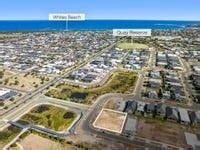
Briody Drive Upgrade
Road upgrade and infrastructure improvements to Briody Drive including pavement reconstruction, drainage improvements, sewerage upgrades and road sealing as part of the Summerset Torquay Retirement Village development. Traffic management enhancements with local access maintained during construction.
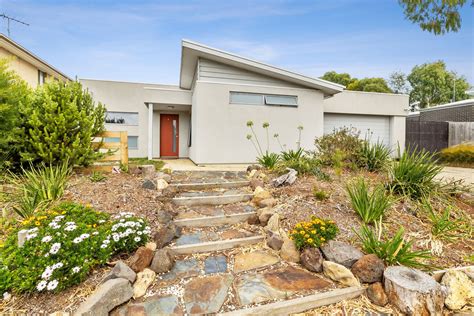
Employment
The exceptional employment performance in Torquay places it among Australia's strongest labour markets
Torquay has an educated workforce with high representation in essential services sectors. As of June 2025, its unemployment rate is 1.4%.
Over the past year, there was estimated employment growth of 2.1%. In June 2025, 14,696 residents are employed, with an unemployment rate of 2.4%, below Rest of Vic.'s rate of 3.8%. Workforce participation is high at 66.5% compared to Rest of Vic.'s 57.4%. Leading industries include health care & social assistance, construction, and education & training.
Professional & technical services have a strong presence, with employment share 1.9 times the regional level. Conversely, agriculture, forestry & fishing is less represented at 1.1% compared to the regional average of 7.5%. Over the year to June 2025, employment increased by 2.1%, but unemployment rose slightly due to a higher labour force increase of 2.3%. In contrast, Rest of Vic. saw employment decline and a smaller rise in unemployment. State-wide, VIC employment grew by 1.08% year-on-year to Sep-25, with an unemployment rate of 4.7%, compared to the national rate of 4.5%. National employment forecasts project growth of 6.6% over five years and 13.7% over ten years. Applying these projections to Torquay's industry mix suggests local growth of approximately 6.8% over five years and 13.8% over ten years, though this is a simplified extrapolation for illustrative purposes only.
Frequently Asked Questions - Employment
Income
Income metrics indicate excellent economic conditions, with the area achieving higher performance than 75% of national locations assessed by AreaSearch
AreaSearch released postcode level ATO data for financial year 2022. Torquay's median income among taxpayers was $58,885 with an average of $82,912. Nationally, this is extremely high compared to Rest of Vic.'s median of $48,741 and average of $60,693. Using Wage Price Index growth of 10.11% since financial year 2022, current estimates for Torquay are approximately $64,838 (median) and $91,294 (average) as of March 2025. According to 2021 Census figures, incomes in Torquay rank highly nationally, between the 79th and 83rd percentiles for household, family, and personal incomes. The income distribution shows that 31.2% of individuals earn between $1,500 - 2,999 per week, similar to the broader area at 30.3%. Torquay demonstrates affluence with 35.6% earning over $3,000 per week, supporting premium retail and service offerings. Housing accounts for 13.9% of income, and residents rank highly in disposable income at the 84th percentile. The area's SEIFA income ranking places it in the 9th decile.
Frequently Asked Questions - Income
Housing
Torquay is characterized by a predominantly suburban housing profile, with a higher proportion of rental properties than the broader region
Torquay's dwelling structure, as per the latest Census, consisted of 92.2% houses and 7.8% other dwellings (semi-detached, apartments, 'other' dwellings). Non-Metro Vic.'s figures were 93.0% houses and 7.0% other dwellings. Home ownership in Torquay stood at 36.6%, with mortgaged dwellings at 42.9% and rented ones at 20.5%. The median monthly mortgage repayment was $2,167, compared to Non-Metro Vic.'s average of $1,950. Weekly rent in Torquay was $500, while Non-Metro Vic.'s figure was $402. Nationally, Torquay's mortgage repayments were higher at $2,167 versus Australia's average of $1,863, and rents were substantially above the national figure of $375.
Frequently Asked Questions - Housing
Household Composition
Torquay features high concentrations of family households, with a higher-than-average median household size
Family households constitute 77.3% of all households, including 39.0% couples with children, 29.8% couples without children, and 8.0% single parent families. Non-family households make up the remaining 22.7%, with lone person households at 19.2% and group households comprising 3.4% of the total. The median household size is 2.7 people, larger than the Rest of Vic average of 2.5.
Frequently Asked Questions - Households
Local Schools & Education
Torquay demonstrates exceptional educational outcomes, ranking among the top 5% of areas nationally based on AreaSearch's comprehensive analysis of qualification and performance metrics
Torquay has a notably high level of educational attainment. Among residents aged 15 and above, 39.5% have university qualifications, which is significantly higher than the broader benchmarks of 21.7% in the Rest of Vic. and 28.6% in the SA4 region. The area's strong educational advantage positions it well for knowledge-based opportunities. Bachelor degrees are most prevalent at 26.7%, followed by postgraduate qualifications (7.7%) and graduate diplomas (5.1%).
Vocational credentials are also prominent, with 33.1% of residents aged 15 and above holding such qualifications, including advanced diplomas (13.2%) and certificates (19.9%). Educational participation is high in Torquay, with 31.4% of residents currently enrolled in formal education. This includes 12.0% in primary education, 8.5% in secondary education, and 4.8% pursuing tertiary education. There are seven schools operating within Torquay, educating approximately 3,369 students. The area demonstrates above-average socio-educational conditions with an ICSEA value of 1098. Education provision is balanced, with six primary schools and one secondary school serving distinct age groups.
Frequently Asked Questions - Education
Schools Detail
Nearby Services & Amenities
Transport
Transport servicing is low compared to other areas nationally based on assessment of service frequency, route connectivity and accessibility
Torquay has 88 active public transport stops, all of which are bus stops. These stops are served by 7 different routes that together facilitate 945 weekly passenger trips. The transport system in Torquay is deemed good in terms of accessibility, with residents on average being located 339 meters from the nearest stop.
On average, there are 135 trips per day across all routes, which translates to approximately 10 weekly trips per individual stop.
Frequently Asked Questions - Transport
Transport Stops Detail
Health
Torquay's residents are extremely healthy with very low prevalence of common health conditions across all age groups
Analysis of health metrics indicates strong performance across Torquay, with very low prevalence of common health conditions across all age groups. The rate of private health cover is exceptionally high at approximately 61% of the total population (16,425 people), compared to 56.2% across Rest of Vic., and the national average of 55.3%. The most common medical conditions in the area are asthma and mental health issues, impacting 7.8 and 6.9% of residents respectively, while 73.0% declare themselves completely clear of medical ailments compared to 66.8% across Rest of Vic..
As of 16th September 2021, the area has 16.9% of residents aged 65 and over (4,536 people), which is lower than the 24.2% in Rest of Vic.. Health outcomes among seniors are particularly strong, broadly in line with the general population's health profile.
Frequently Asked Questions - Health
Cultural Diversity
Torquay is considerably less culturally diverse than average when assessed alongside AreaSearch's national rankings for language and cultural background related metrics
Torquay has a low cultural diversity, with 86.8% of its population born in Australia and 95.2% speaking English only at home. The majority, 91.0%, are citizens. Christianity is the predominant religion, practiced by 41.0%.
Judaism, at 0.1%, is proportionally similar to the rest of Victoria. The top three ancestry groups are English (30.8%), Australian (27.0%), and Irish (11.6%). Notably, Scottish (9.5%) and Dutch (1.8%) have equal representation compared to regional averages. Maltese, at 0.7%, is slightly underrepresented compared to the region's 0.9%.
Frequently Asked Questions - Diversity
Age
Torquay's population is slightly older than the national pattern
The median age in Torquay is 40 years, which is slightly below the Rest of Vic.'s average of 43 but above Australia's median of 38. Compared to the Rest of Vic., the 35-44 age cohort makes up 16.1% of Torquay's population, while the 65-74 age group comprises 9.8%. Between the 2021 Census and now, the 75-84 age group has grown from 4.8% to 5.5%, while the 65-74 cohort has declined from 10.5% to 9.8%. By 2041, Torquay's population forecasts indicate significant changes in demographics. The 45-54 age group is projected to increase by 1,530 people (40%), rising from 3,839 to 5,370 residents. Meanwhile, the 65-74 age group is expected to grow more modestly at 8%, adding only 205 residents.
